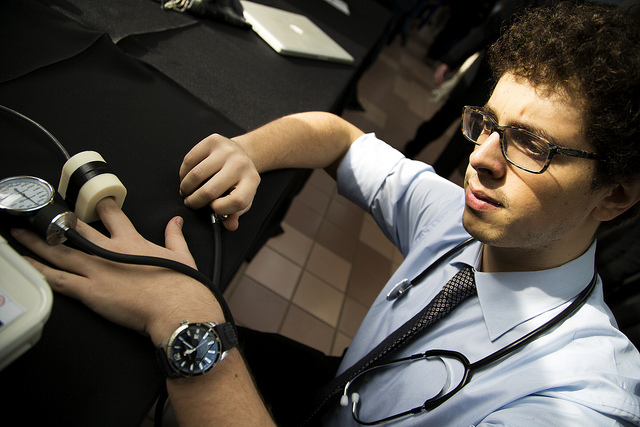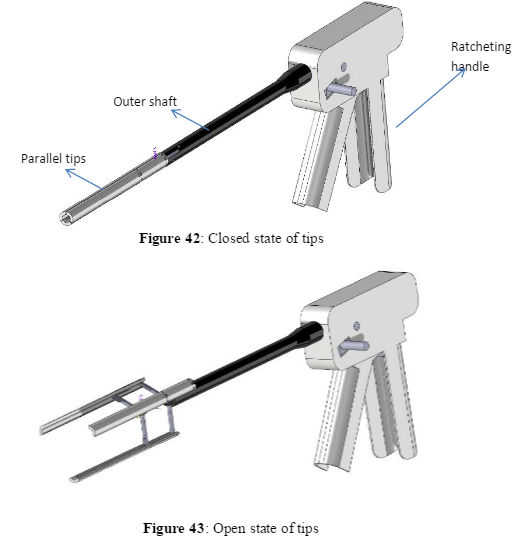Description
Laparoscopic cholecystectomy is the most commonly performed minimally invasive surgical procedure with over 500,000 surgeries performed annually in the US alone. In this procedure, the gall bladder must be removed after detachment through a trocar incision. When gall bladder retrieval bags are unavailable, surgical teams can create a substitute using a latex glove.
If surgeons are unsuccessful at removing the gall bladder from the incision in this manner, they often enlarge the incision with a scalpel, use a syringe to extract the bile out of the gall bladder, and/or use clamps to pull the gall bladder out piece by piece. Gall bladders full of bile or stones are too large to be easily pulled out through this incision, requiring an additional 5-30 minutes of the surgical team’s time; extra time is also required to clean up any spills.
 Gall bladder removal method beta prototype
Gall bladder removal method beta prototype
The goal of this project is to develop a time-efficient method that allows surgeons to remove the detached gall bladder through an incision in the abdominal wall created for a trocar without spilling any bile or stones from the gall bladder.
I was drawn to the GHDI program because of its emphasis on collaborating with stakeholders when designing for social impact. What most surprised me about the program was how easy it was for my team to collaborate with our hospital counterparts in Ghana. This fact alone demonstrates the program’s dedication to maintaining meaningful relationships with its hospital partners which I think sets the program apart from the rest.
What to Know About The Global Health Design Initiative

Program History
GHDI has been working with stakeholders for more than eight years to identify and address global health design challenges. Learn more about our history and core values.
Learn More →
Project Outcomes
Since inception, we have worked on projects in maternal health, family planning, minimally invasive surgery, physical medicine and rehabilitation, and more. Explore our past and current projects.
Learn More →
Get Involved
There are many ways to get involved in global health work with GHDI. From taking on a need statement, to participating in an opportunity, or becoming a partner.
Learn More →

